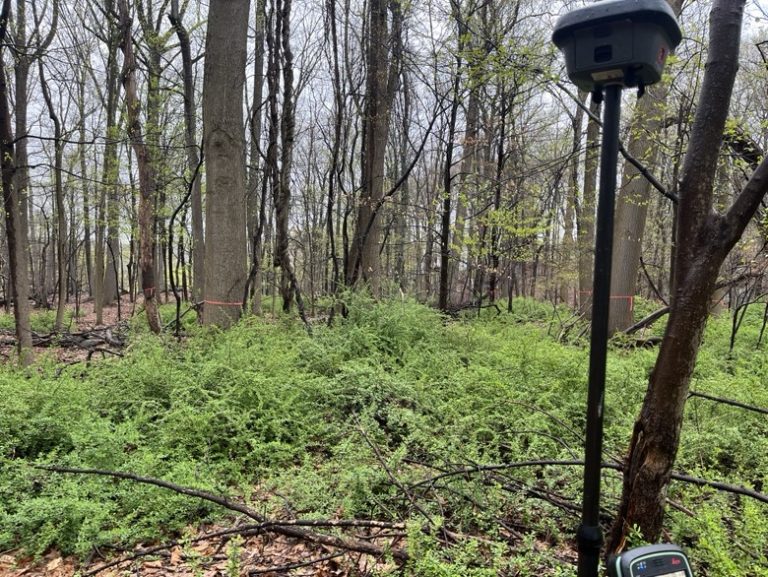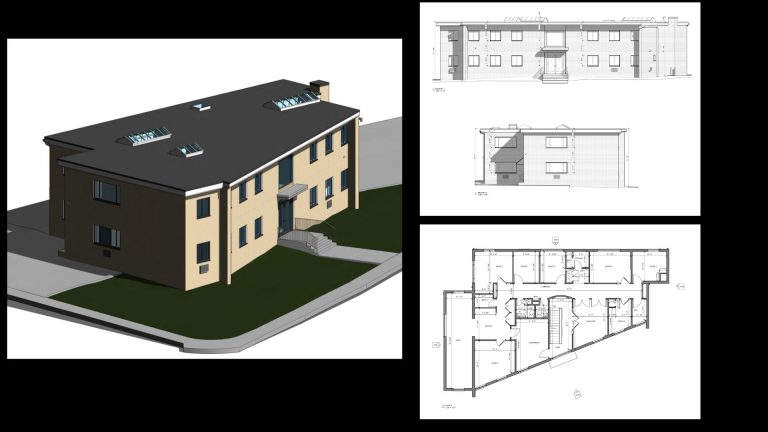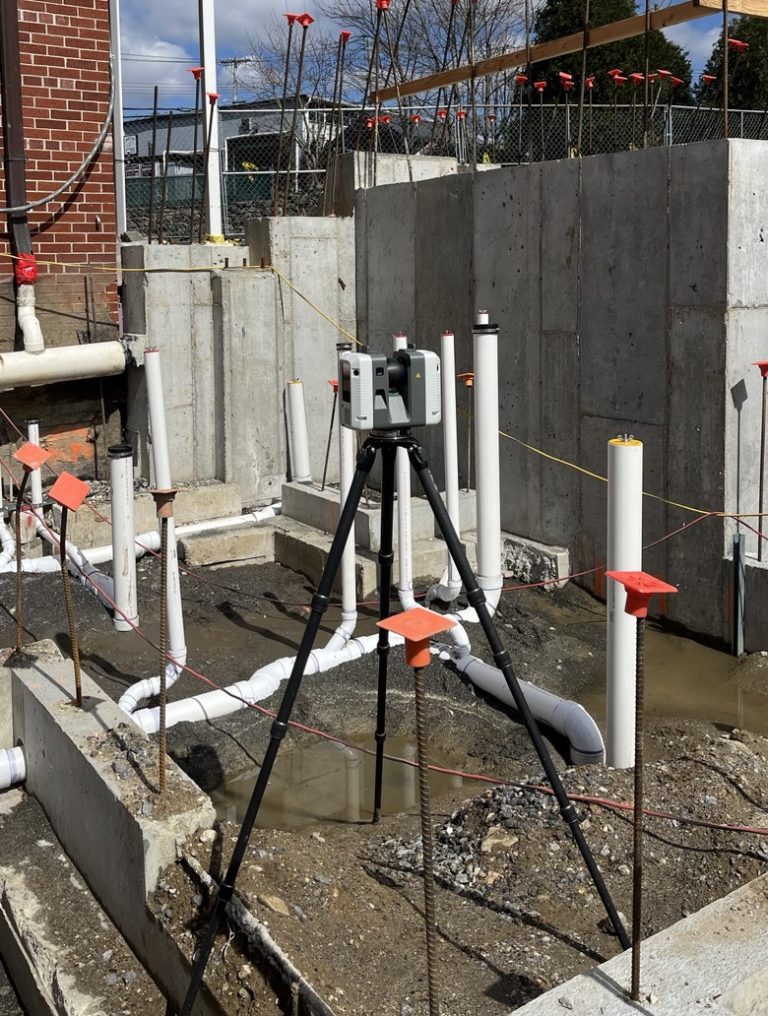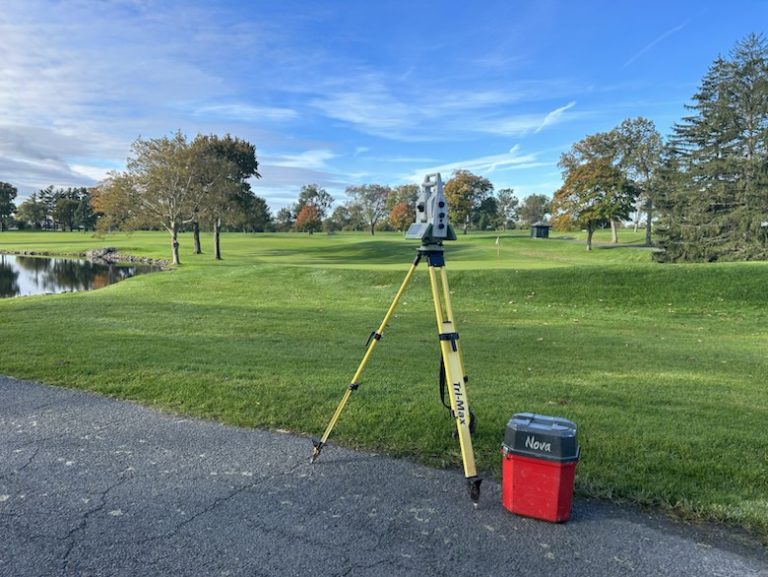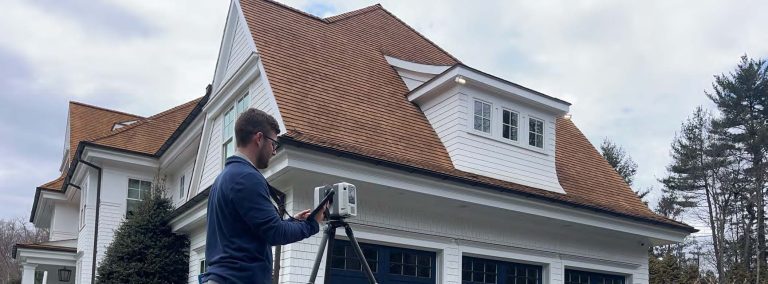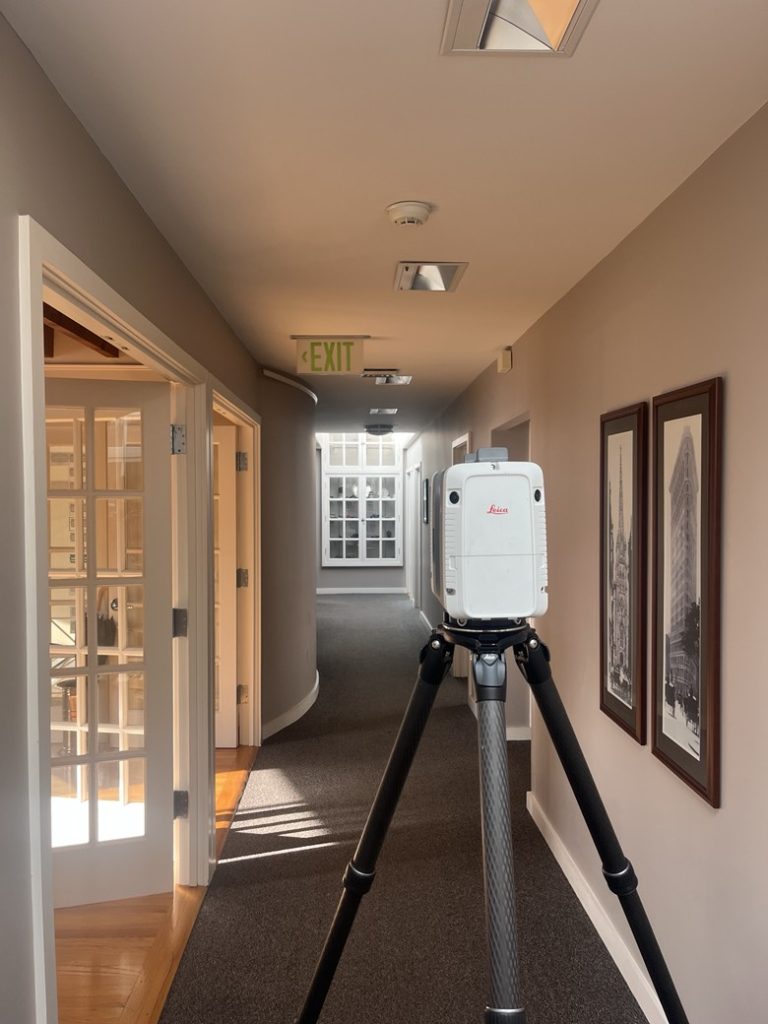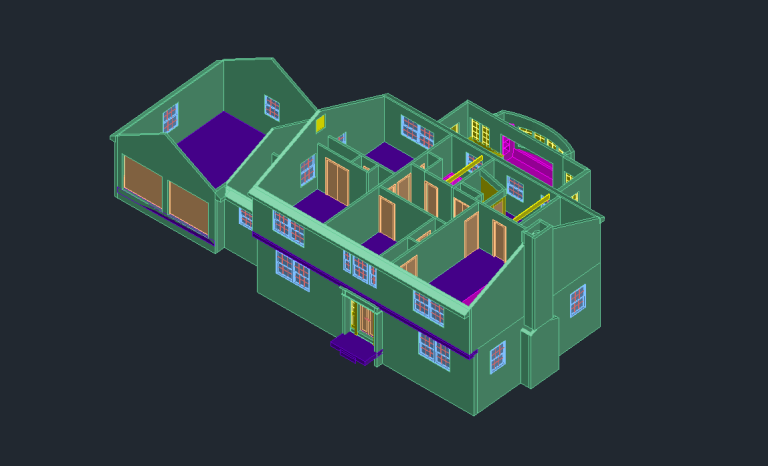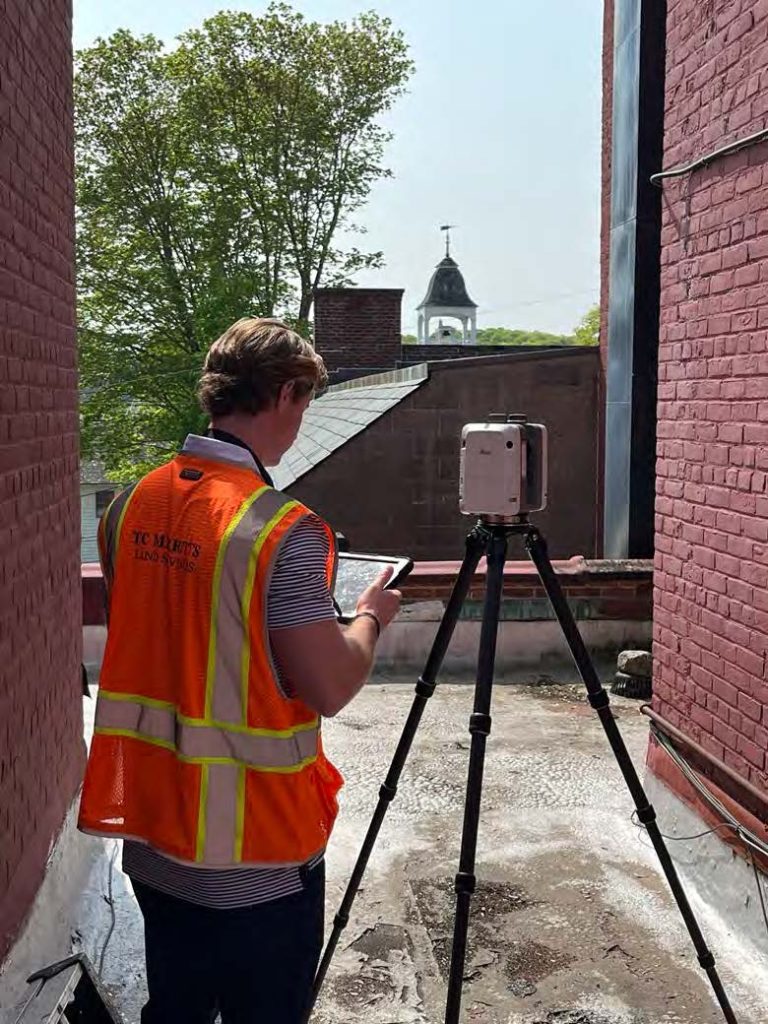How We Perform Tree Surveys in Westchester County
At TC Merritts Land Surveyors, tree surveys are a vital part of the work we do across Westchester County. Whether it’s for new development, local permitting, or landscape design, our tree surveys provide detailed and accurate data that help landowners, architects, engineers, and municipalities make informed decisions. What Is a Tree Survey? A tree survey…
